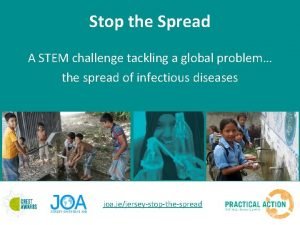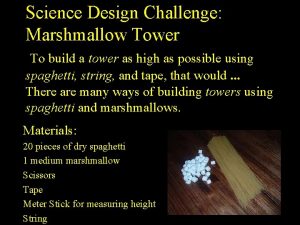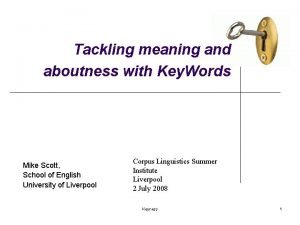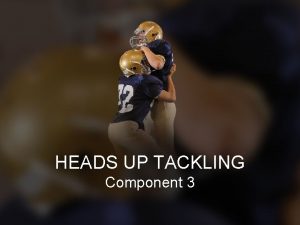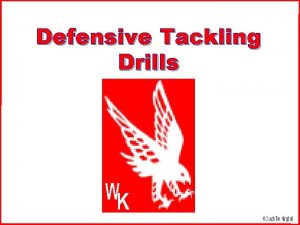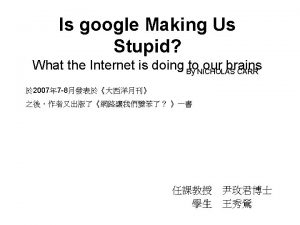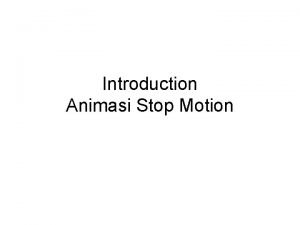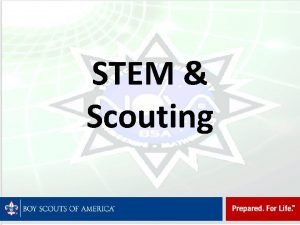Stop the Spread A STEM challenge tackling a














- Slides: 14

Stop the Spread A STEM challenge tackling a global problem… the spread of infectious diseases joa. je/jersey-stop-the-spread

No one wants to get ill • Think about the last time you were ill. • Was it a cough or a cold ? Something worse like measles? What is the worst illness you have had? • There are lots of different diseases. Some happen everywhere whilst others, like malaria, occur more in developing countries where people do not have access to clean water and good hygiene and sanitation.

How do we get diseases? • Infectious diseases are diseases caused by microorganisms that penetrate the body’s natural barriers. • In two minutes brainstorm all the different diseases you know, here and around the world and divide them into infectious diseases and non-infectious diseases. Infectious Diseases Non-infectious Diseases

How do infectious diseases spread? Any ideas? . . . Brainstorm in two minutes!

Let’s shake hands? • Your Stop the Spread challenge will focus on preventing diseases that are spread by hand to hand contact. • To help get you thinking about this topic you are going to do two short activities to discover more about… 1. How quickly infectious diseases can spread. 2. What you can do to reduce the spread of infection.

Infectious Disease in Jersey 200 years ago the water supply in St Helier was not clean. The town was overcrowded and waterborne diseases like cholera spread quickly. Records show that many people died from disease like cholera spread though drinking dirty water and poor hygiene, especially the poor. There were two major outbreaks of Cholera in 1832 and 1849

The Cholera epidemics of 1832 and 1837 In 1832, 803 people were taken ill over 12 weeks and 347 died. In 1837, in 19 days, there were 258 cases of cholera and 124 people died. The deaths were concentrated in the poorer parts of town which had poor drainage and no water. St Helier had to create a new cemetery to cope with the extra burials Eventually, the Constable of St Helier, Pierre Le Sueur, organised for the drainage system to be improved in Town in the late 1800 s. This meant that the water systems became cleaner and cholera epidemics were stopped. He had a monument built to him in Broad Street.

Infectious disease – a global problem • Has anyone heard of the Global Goals or Sustainable Development Goals? • In 2015 The UN put together a set of 17 Sustainable Development Goals (SDGs) or Global Goals to end poverty by 2030. • Two focus on the prevention of infectious diseases… so it is a really important issue! - Global Goal 3: Good health and well-being. - Global Goal 6: Water and Sanitation.

What is already being done? 1. Educating children https: //vimeo. com/169209845 2. WASH in Schools Read the case study from Ethiopia and look At the JOA fact sheet to see what other Work JOA is doing around the world to tackle global poverty.

Your Stop the Spread challenge Imagine you work for a charity and have received some funding to help pupils in a school in Ethiopia reduce the spread of disease in their school. Your challenge is to: 1. Build a model of a hand washing device that could go in their playground which will enable them to capture rainwater then use it to wash their hands. 2. Develop education materials which will help children aged 8 -11 understand why hand washing is important. This could be a poster, animation, game, play, leaflet.

How will you be judged? You will be judged on the following: • Teamwork – Did you have different roles and work collaboratively? • Research – What did you learn about JOA, the Global Goals and how diseases spread? How did you use your research to help you in your tasks? • Designing – Did you do good, annotated initial and final designs? • Model – How creative was your model? Did you use sustainable material where possible? Did you stick to the budget? How well did it do in the test? • Education Materials – What and how did you communicate to the pupils? Are your materials engaging for 8 -11 year olds?

Key things to remember 1. For your hand washing device • It should be able to both collect and dispense water. • It must use water efficiently (water is scarce in Ethiopia). • Think about how to avoid cross-contamination. • You have a budget – 125 credits, use it wisely! • Use locally available, sustainable materials when possible.

Key things to remember 2. For your education materials • Be creative, children are more likely to remember something presented in an interesting, fun way. • Do your research to get key facts and figures. • 8 -11 year olds in Ethiopia may have low levels of literacy. • Make sure your main messages stand out. • Consider using more than one way of getting your message across. Game, poster, song, play etc.

What solutions are already being used? • Engineers in Kenya have come up with a simple design for a hand washing station which is widely used and looks like this… • It’s called a ‘Tippy Tap’. It only dispenses water, it doesn’t collect it. • How does your model compare to this? Do you think your model is better?
